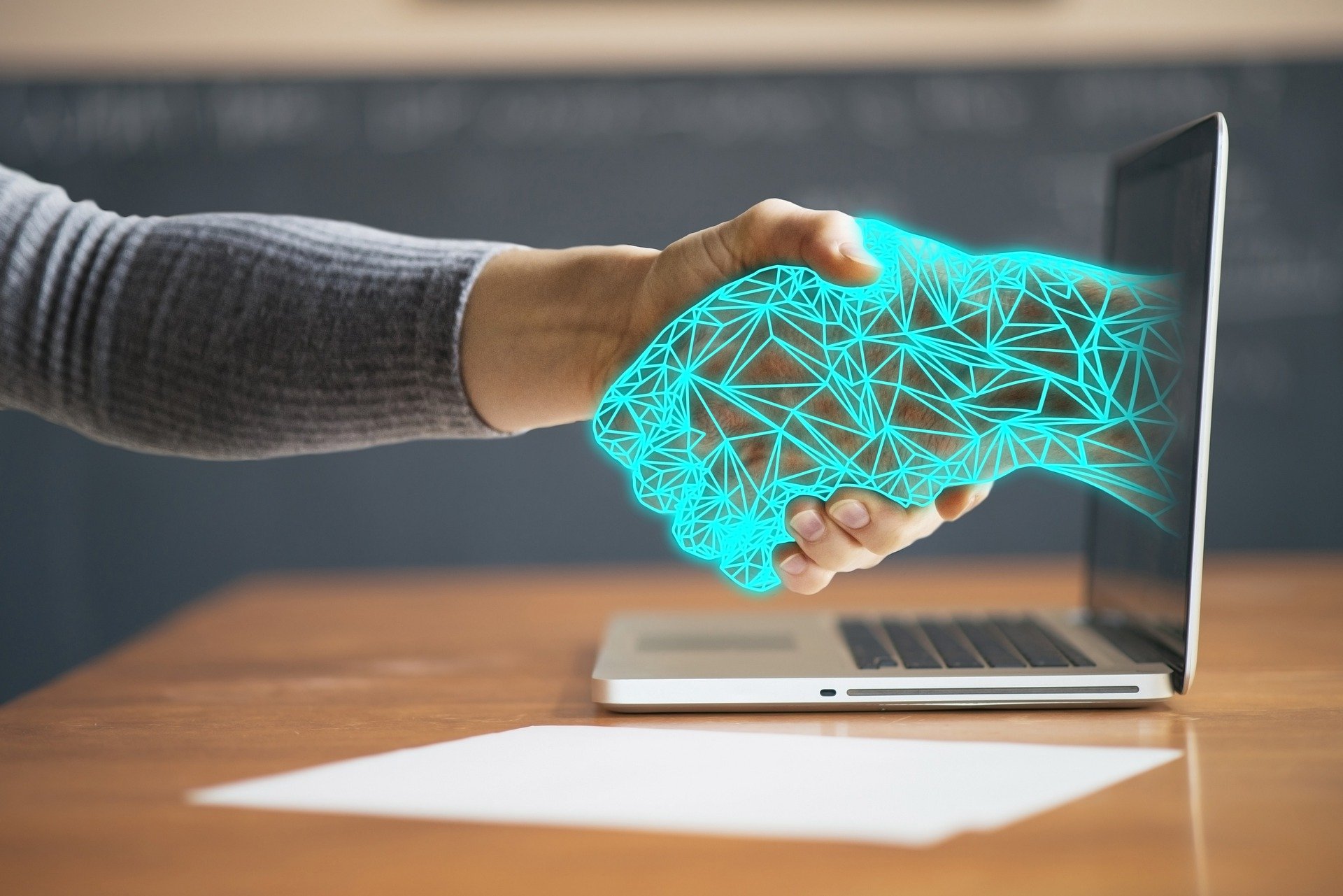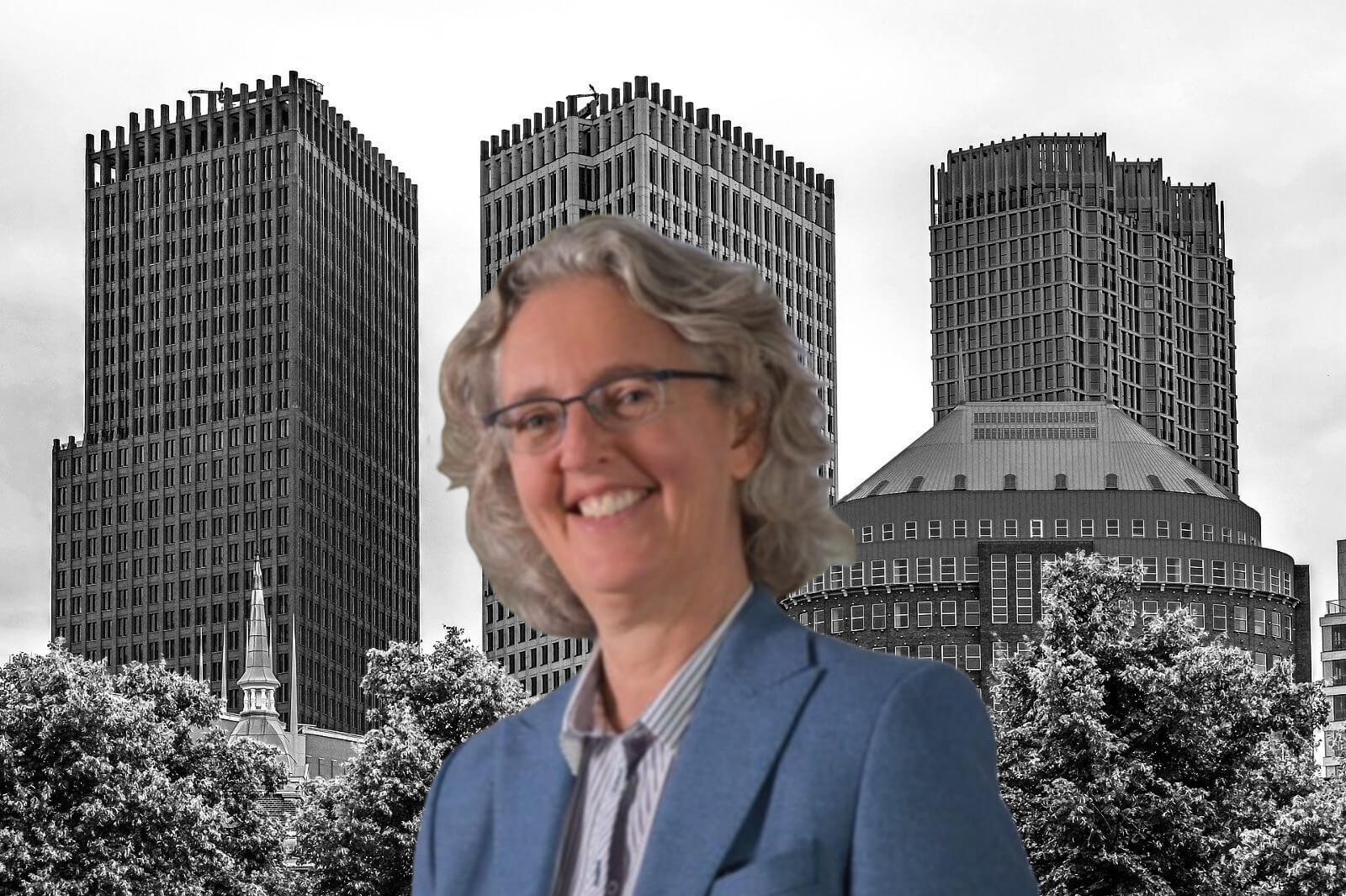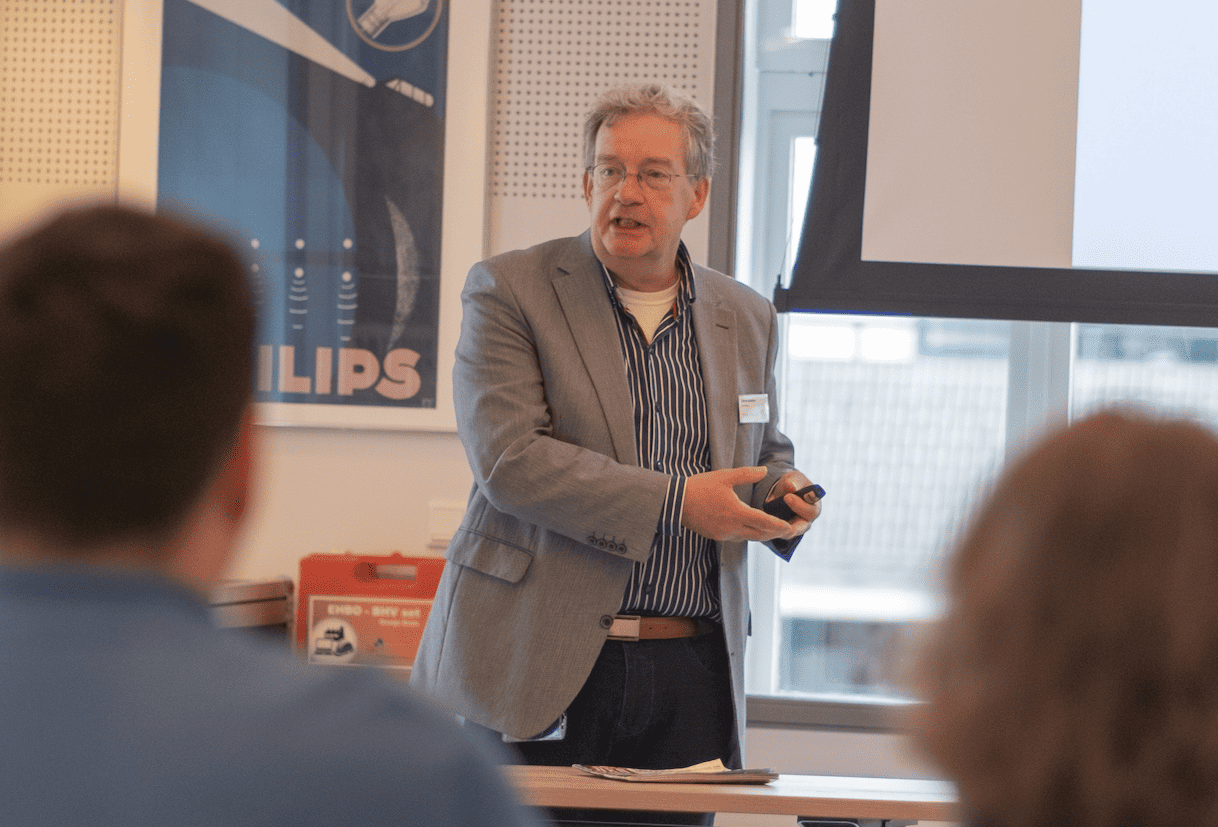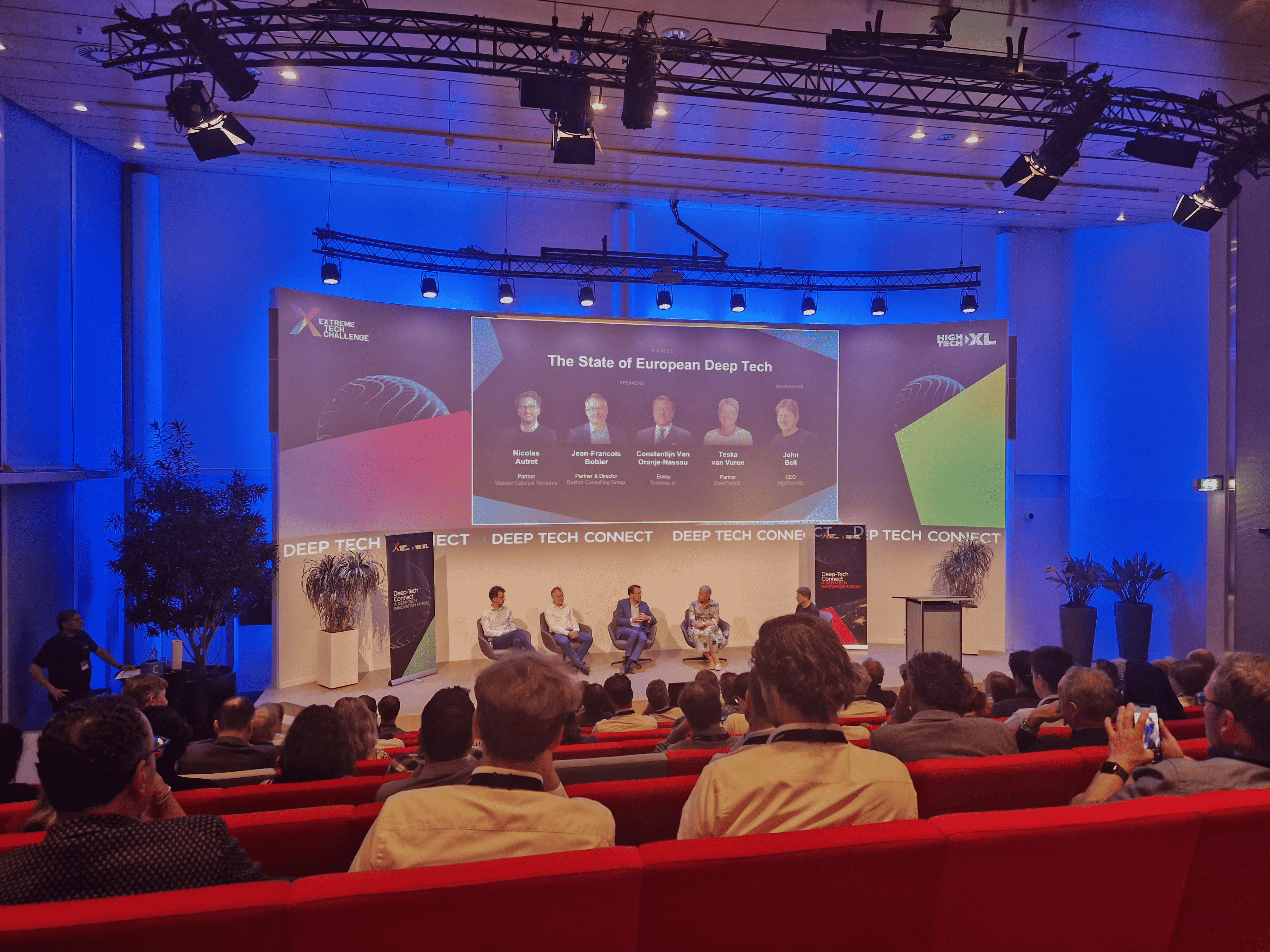
Recently the Dutch cabinet announced that 4 billion euros from the growth fund will be invested in areas such as AI, quantum technology and green hydrogen. The aim of the investments is to strengthen the Dutch economy. What do you need to consider when developing and applying new technology from (fundamental) research?
During the 1970s, NASA developed the technology readiness levels (TRLs). Later, the U.S. Department of Defense fine-tuned this scale even further. The scale, numbered from 1 to 9, is used to indicate the stage of development of a product or technology. 1 is the lowest step; there is an idea and fundamental research is being done into the mechanisms underlying it. Once you reach TRL 9, the innovation is technically and commercially ready to be launched.
TRL stages
To get from an idea to a commercial product or a service, the idea has to pass through several stages. First, there is the discovery stage (TRL 1-3). This is when you research the applicability of the concept and its various elements. Often this involves fundamental research that is carried out by a university, for example.
This is then followed by the development stage (TRL4-6). You make a proof of concept on a lab scale, validate it in a relevant setting and then test the pilot in an environment similar to that of the end user. This stage is often carried out by a product developer in a company’s R&D environment. During the next stage, the demonstration stage (TRL 7-8), the product or service is brought to the end user in the real-life operational environment. If required, certification also takes place at this stage and the conditions for (mass) production and launch are determined. Usually the sales and marketing department as well as the operations department of the product developer play a role in this stage if the product is being developed for in-house production. Finally, there is the deployment stage (TRL 9). The innovation is ready, what remains is the sale to the intended target group.
Stage transitions
So far it all seems fairly straightforward. When it comes to development, you follow the steps through the different ;evels and so you automatically arrive at an end product that is TRL 9.
However, in the innovation around digital technology for horticulture, where I work, we see that it is not so simple and clear-cut! There are several “gaps”, that are especially clearly visible between the different main stages. These kinds of gaps or blockages also exist in other sectors. A lot of money and time are lost this way!
The question is, what causes these gaps and what helps to minimize them?

Research (Gap A)
The discovery stage often takes place at (technical) universities and should lead to a continuation at a company that further develops this knowledge into a product. To be able to do this, the researchers and the product developers have to speak the same language. The developers must know what is possible with the technology being developed. At the same time, it is useful if the researchers know what the issues are in a particular sector. In short, they must know each other a bit and preferably speak to each other on a regular basis. TU Delft, for example, has set up the AgTech Institute for this purpose.
An even better option would be if grants for doing fundamental research did not stop at TRL 3 as is often the case at present, but also included a financial ‘bonus’ if there is also collaboration with industry up to and including the development stage.
Development (Gap B)
The next stage involves working on technical validation and further development in a ‘lab’. In particular, if this is done by a (tech) company that is not from the sector that the product is intended for, then the end customer is not always involved enough. This could be due to the fact that they have few or no contacts in the target group. It often happens that not enough is asked about what is needed. In the meantime, a technical solution is available that is offered in the form of a technology ‘push’.
This is where it is very important to have a ‘translator’ on hand between the tech developer and the end customers. It’s about asking the right questions to both parties in order to start a conversation about what the real needs are as well as the integration into the end customer’s existing work environment. This is something that is often overlooked!
Getting ready for sales (Gap C)
This stage is about further developing and demonstrating the prototype into a ‘real’ functioning product in the end customer’s environment. There must be people who will use the new technology in practice and consideration must be given to retail, marketing and sales. In a purely technology-driven development, people often find out in this stage that the end customer wants the product – but not always for the price that the developer had in mind. Also, the business model and/or service do not always match what the customer is expecting. In horticulture, marketing ‘as-a-service’ is not yet very common while a lot of producers of digital technology in particular see it as a ‘standard’ model.
At this stage it is important to have a very good knowledge of the (international) market for the product. Moreover, depending on the product, a lot of money may be needed to produce and scale up the production of the hardware.
Use in daily practice (Gap D)
After TRL 9, where a completely ready, certified and documented product is now available, the rest seems to be an easy matter. Nothing could be further from the truth because this is often when things really just get started!
Buyers must be open to using new technology. This concerns both those who pay for the purchases and those who have to work with it. There has to be enough skilled and motivated people who can and want to work with the product.
Not to mention that when it comes to digital technology, there is often no product that is truly ‘finished’. These types of products and services often entail continuous development and new features being added all the time. In short, a great deal is involved in digital technological innovation!
What is evident is that it comes down to thinking ahead and involving all stakeholders in the “TRL chain” from the outset. This does not mean that a fundamental researcher at a university who starts working on an idea should already know exactly for which product, end customer and price this idea is going to be developed. What it does mean is that, as the different ‘worlds’ come into contact with each other, a clearer and better picture should gradually emerge. Besides this, ‘practical’ matters such as financing for the transitions between the various stages and ensuring that enough people who can and want to work with the technology has been seen to.
So the next time that you work on “your” piece of the TRL chain, think about how you can contribute to the flow through to the next stages and contribute to an even better tomorrow….
About this column
In a weekly column, written alternately by Eveline van Zeeland, Colinda de Beer, Eugène Franken, Carina Weijma, Katleen Gabriels and Bert Overlack, Innovation Origins tries to figure out what the future will look like. These columnists, occasionally joined by guest bloggers, are all working in their own way on solutions to the problems of our time. So that tomorrow is good. Here are all the previous articles.







